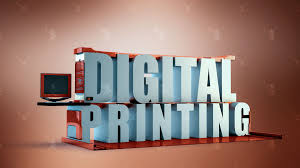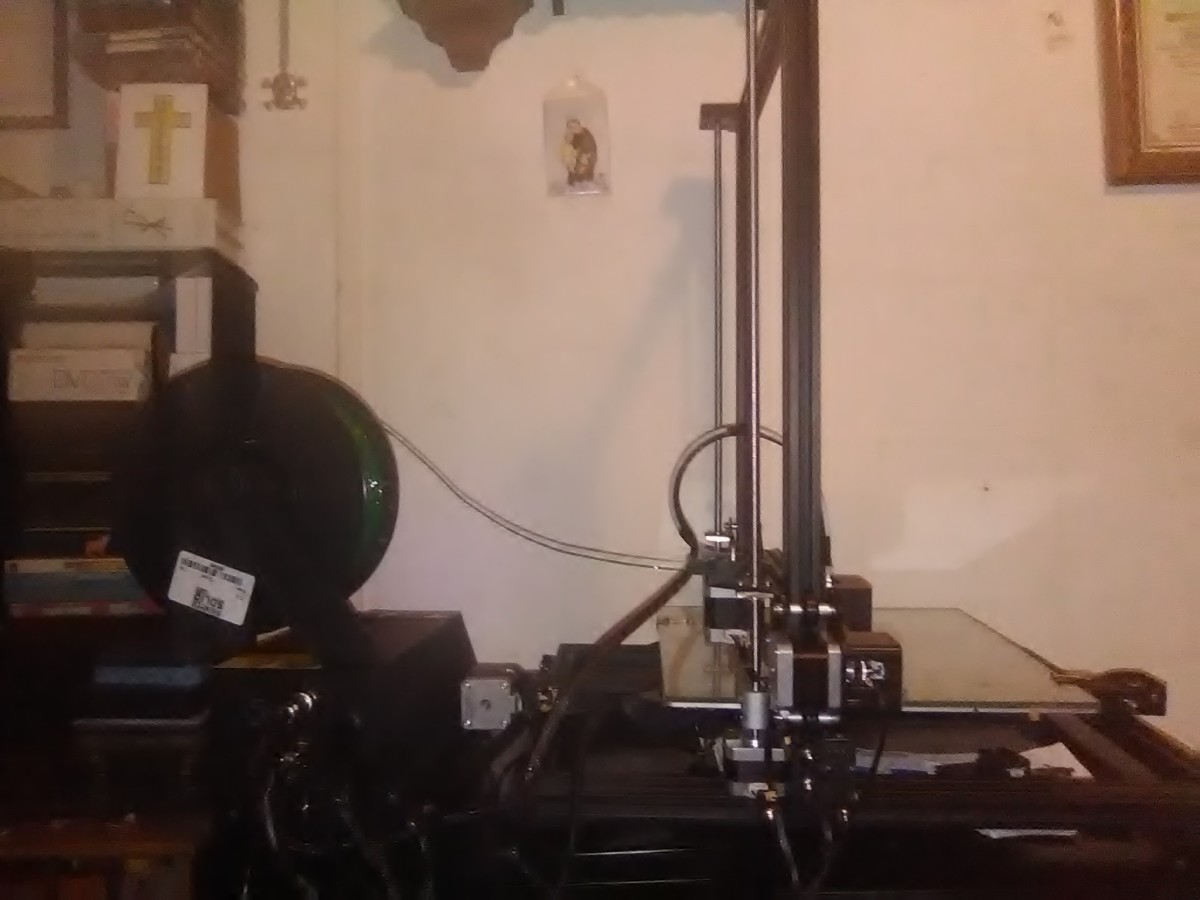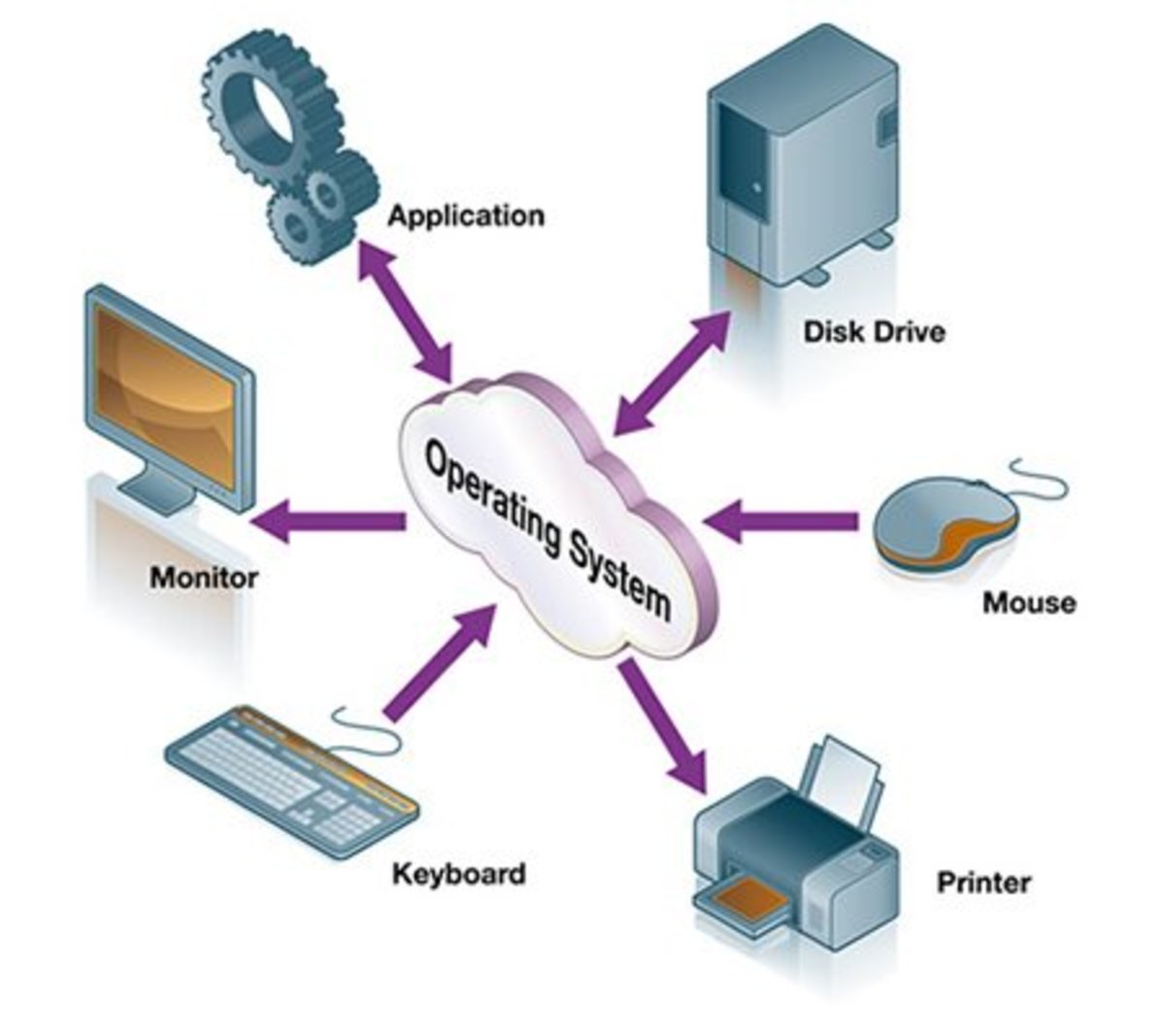Point Of Sale Printing Evolution, Disrupters and Current Trends
Print Video
Background
The earliest POS systems were launched in the 1970’s by IBM and they were controlled by a mainframe computer. All processing were performed by the mainframe while the terminals had a display screen but no processing input. The idea that a software-enabled PC could be deployed in retail store functions only became a reality in the 1990’s with Point of Sale Printing possibilities.
Several software vendors are involved in the design and roll-out of POS, with the software running on various machines and OS (Operating System). Most large businesses use a client server system with all functionality for storing and retrieving data through a dedicated server.
Many businesses are incorporating this feature having realized the inherent value of POS adoption. The low entry-point pricing makes it attractive to small business owners as well.
Types of POS Printers
Thermal Printers
Thermal printers work in direct and indirect formats. Direct printers work by burning an image to a special paper while transfer printers need a wax type-ribbon, pure resin or wax resin to transfer the image. Direct printers in Point of Sale Printing do not use ink cartridges and are low-maintenance gadgets that only require the replacement of the thermal paper when exhausted.
Regular paper in Point of Sale Printing is cheaper than thermal paper although the cost of thermal paper is cheaper than the inkjet models. Most POS kiosks use direct printers for labels while the transfer printer is deployed more for barcode creation because of its durable quality.
The resin or wax ribbons in transfer printers enhance the durability of the printed matter but pure resins are more expensive but are more durable. Thermal printers use more memory space and processors when in use. They are costlier than ink jet or impact printers.
Impact Printers
Impact printers need ribbons to transfer the data on paper and are not as fast like thermal receipt version. Documents produced are not denatured by heat and can be printed as two-fold receipts unlike thermal printers. There are also options of printing the receipts in two colours if this is of importance or required.
Serial Printers
For printing outcomes that need a sequence on POS, Serial printers can be deployed and they do not need a device driver to function as they should, in any connected software application. In instances where the Point of Sale Printing Software fails to initiate when connected to the serial printer, the option will be to make use of a running OS (operating system) like windows or Linux
Print Images

Advancements in Point of Sale Printing
Today, many portable devices are acquiring add-on functionalities and can be used to capture sales and in point of sale printing with the correctly embedded software or downloaded app.
These developments have eliminated or reduced the basis for mainframe-like appliances or equipment for printing solutions. This only becomes necessary for mass printing huge volumes and such print-outs needed on an industrial scale’
The Disrupters
What has served as the disrupters in the POS industry? Any search for what these could be should be a short-lived one. There are a variety of new technologies that have made an entry into the market place. The main attraction with disrupters is the fact that they make complex methods that have become historical to lose their zinger. By making complex formats simple, it is easier for less effort and resources to be committed to a given process.
The ease of use of new android and ios devices to the printing gateway through cloud-based technology have rendered obsolete many of the erstwhile trending printing forms. For small business, mobile marketers and salesmen on the move, a lot of their sales processes have been made much easier.
The easy application of digital technology has also made it possible to use non print-forms and receipts as evidence of transactions. In other words, to have your transactions consolidated or evidenced, digital invoices can be sent to your email of choice and this provides the information you need for your transactions.
The evolution of mobile applications and devices as a complimentary utility appears as the next threshold for consideration. The ease of use of wireless print-to-air capacity already embedded in IOS and android devices present a new frontier.








